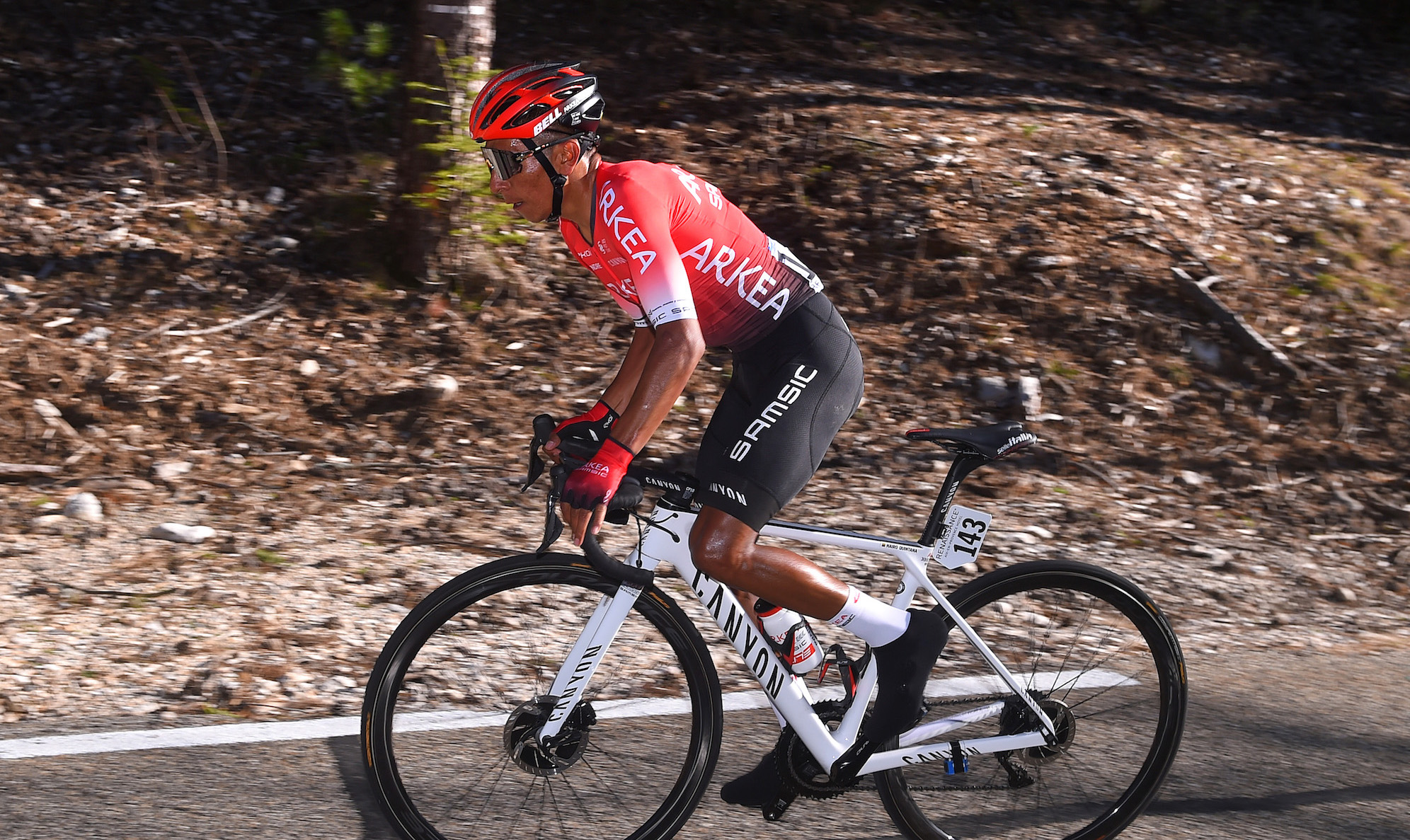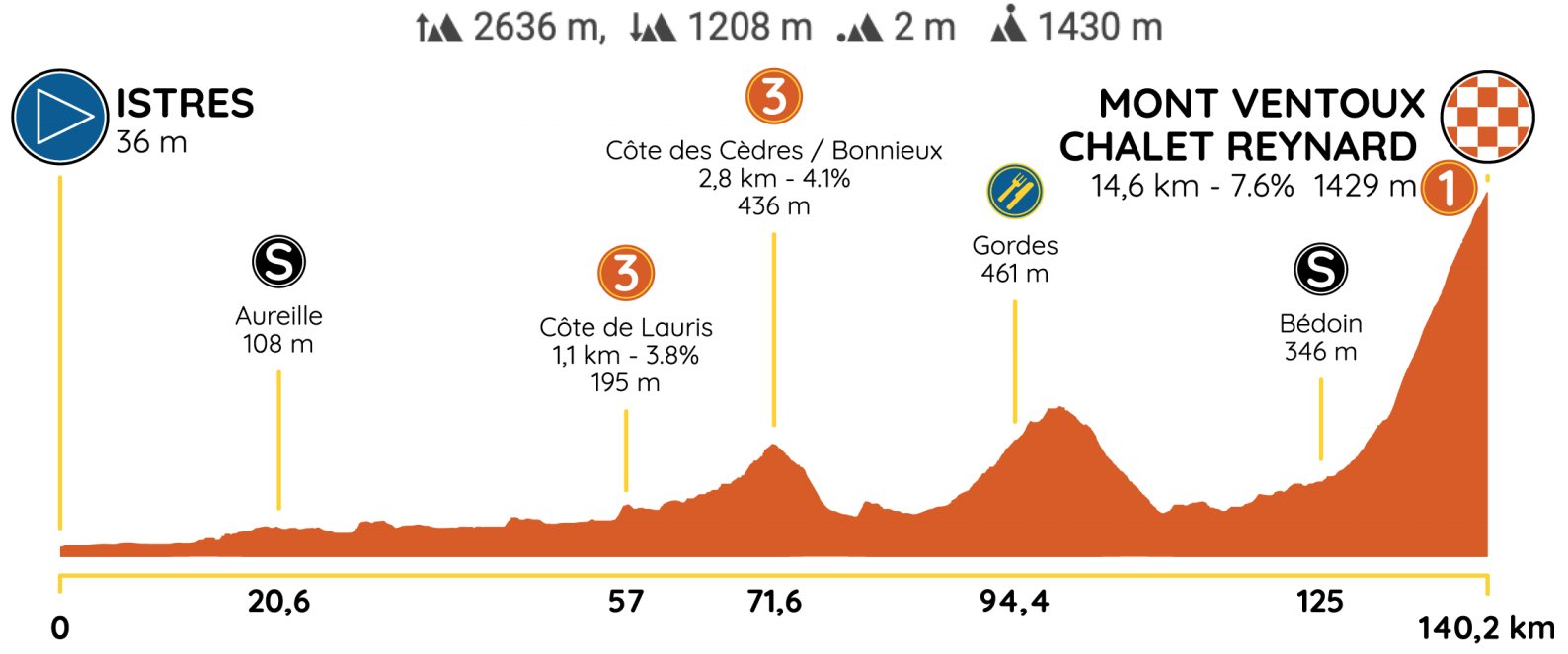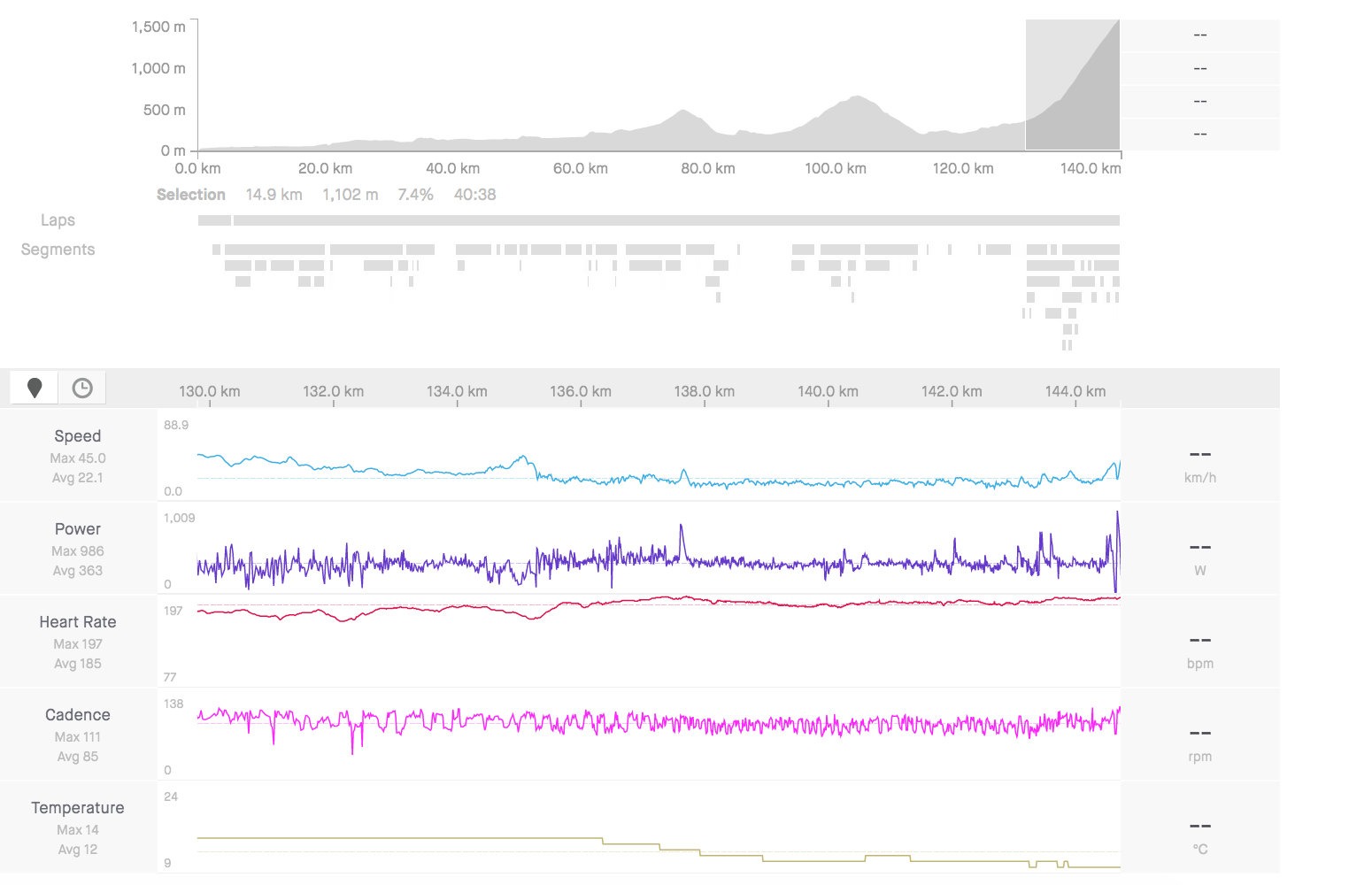Nairo Quintana has apparently set a new record time up Mont Ventoux
Estimates suggest the Colombian scaled the section to Chalet Reynard the quickest of any rider in history

Nairo Quintana climbing Mont Ventoux at the 2020 Tour de La Provence (Photo by Luc Claessen/Getty Images)
As Nairo Quintana kicked off his Arkéa-Samsic career with a win up Mont Ventoux on stage three of the Tour de La Provence, the ride will likely be remembered for more than his debut win for his new French employers.
Estimates indicate the Colombian climber has set a new record for the climb up to Chalet Reynard, which comes 5km before the summit, at 1,429m above sea level compared to an altitude of 1,909m at the very top of the mountain.
According to blogger ammattipyöräily, who timed Quintana's climb watching the live coverage, the climber made the ascent in around 28-12.
This is apparently eight seconds quicker than Marco Pantani's previous record of 28-20 at the 1994 Tour de France.
As well as a reported tailwind, Quintana will have benefitted from his Arkéa-Samsic team setting a high pace on the first half of the 14km climb, which has an average gradient of 7.6%, as they worked to bring Deceuninck - Quick-Step's Rémi Cavagna back in.

After Quintana attacked the field halfway up the climb with 7km to the finish line he continued to power away, eventually finished nearly a minute and a half of the next fastest rider, Astana's Alexey Lutsenko.
Sepp Kuss (Jumbo-Visma), who was involved in numerous attempts to chase Quintana down, has posted his Strava data from the climb.
The latest race content, interviews, features, reviews and expert buying guides, direct to your inbox!
After initially getting onto Quintana's wheel as the Colombian launched his attack, Kuss then was part of the three-man chase group alongside Lutsenko and Hugh Carthy (EF Pro Cycling). The American then fell back to the Thibaut Pinot chase group, but continued to drive the pace until he eventually finished sixth, more than two minutes down.
As the highest-placed finisher who has posted his data, we can get a small idea of how much Quintana and the four other riders who finished ahead were going.
Kuss's average speed up the climb was 22.1km/h, averaging 363 watts while hitting a maximum of 986w. His heart rate averaged 185bpm while his average cadence was 85prm.
"I felt good. Better than expected actually”, Kuss explained after the stage. "I didn’t think I could do this so early in the season."

After Chalet Reynard, Ventoux turns into the iconic deserted moonscape all the way to the summit. The gradient eases in this final section, but Eros Poli, the 6ft 4in Italian who took an unlikely solo win on a stage that passed over the Ventoux in the 1994 Tour, says this doesn't make it any easier.
"The third part from Chalet Reynard to the top can be painful," he says. "You’ve already done 16km, so in those last six you are dead tired. In that sun, with the stones reflecting the heat, or if there’s wind, you’ll suffer."
Of course, Quintana will have been helped by the lower temperatures of ascending the climb in February, and whether he could have sustained his effort all the way to the top is something we don't know.
The Mont Ventoux record for the whole climb is held by Iban Mayo, having beaten Lance Armstrong in a time trial up the mountain during the Critérium du Dauphiné and setting a time of 55 minutes and 21 seconds, averaging 23.2km/h.
Quintana had a strong early season in 2019 and looks to have repeated this form in 2020. However, this year the Colombian will be hoping to maintain these good sensations going into the summer where he will be looking to improve on his eighth-place finish at the Tour de France.
Jonny was Cycling Weekly's Weekend Editor until 2022.
I like writing offbeat features and eating too much bread when working out on the road at bike races.
Before joining Cycling Weekly I worked at The Tab and I've also written for Vice, Time Out, and worked freelance for The Telegraph (I know, but I needed the money at the time so let me live).
I also worked for ITV Cycling between 2011-2018 on their Tour de France and Vuelta a España coverage. Sometimes I'd be helping the producers make the programme and other times I'd be getting the lunches. Just in case you were wondering - Phil Liggett and Paul Sherwen had the same ham sandwich every day, it was great.